The old adage of be careful what you wish for is certainly true. Since our arrival in Hong Kong and our travels through the islands, we have been dogged with cloudy skies. However, our arrival in Port Moresby in Papua New Guinea heralded sunny blue skies. This however, ramped up the heat factor when the hot sun bore down on us.
Fortunately, our plans for the day included a hike in the Varirata National Park. But first a bit about Port Moresby and Papua New Guinea.
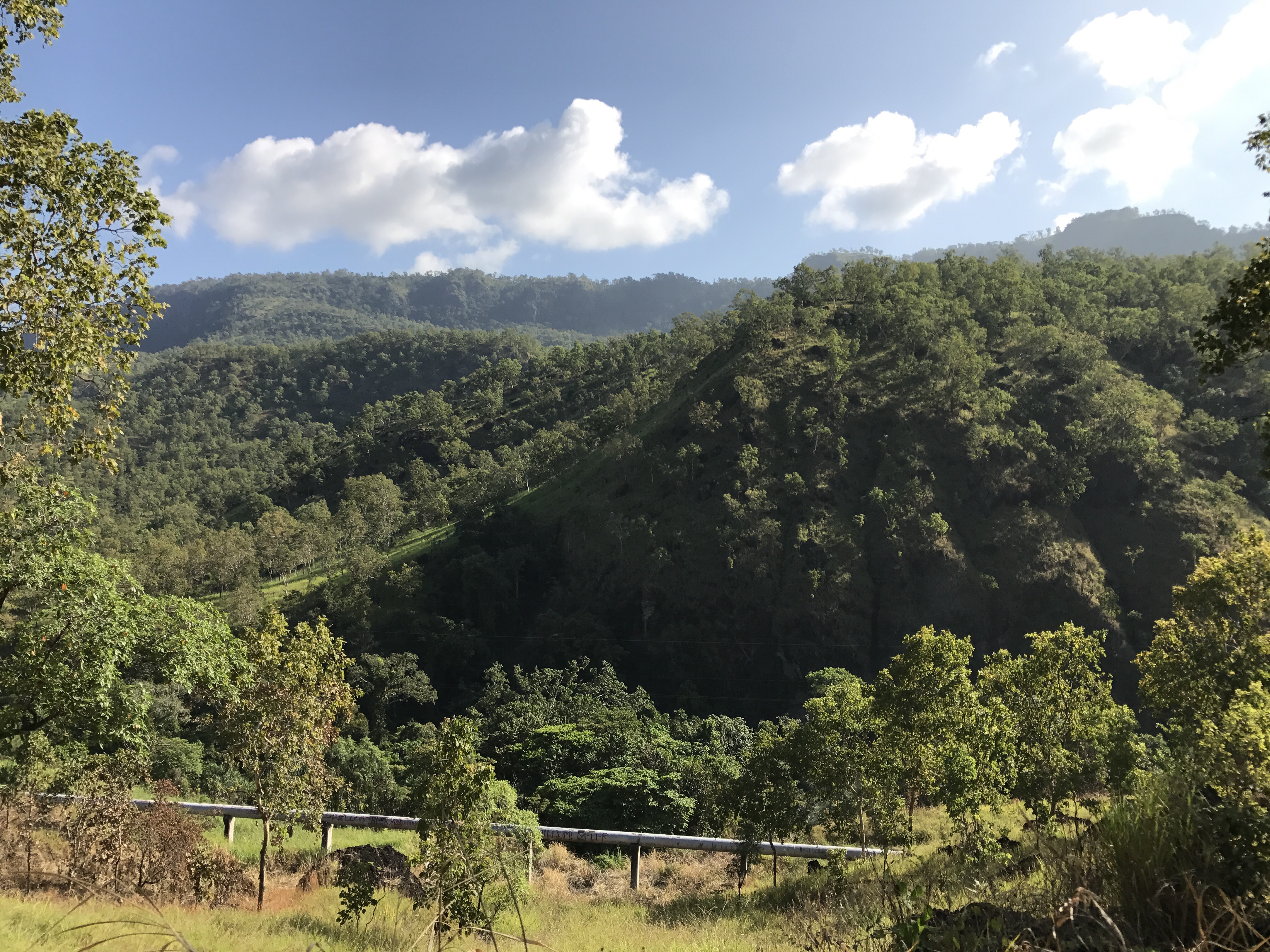
Papua New Guinea became an independent country in 1975 after being administered by Australia for many years. It shares the island with Indonesia which occupies the western half of the island. The population is about 7 million though only 18% live in the urban areas. There are approximately 852 languages spoken by the locals! There is also a rich history of the country’s involvement with WWII during the New Guinea campaign against the Japanese.
Though rich in natural resources such as gold, oil and copper, unfortunately as with many young under developed countries, the money doesn’t trickle down to the local people. Rich multinational companies are the ones benefiting the most. There is therefore much poverty in Port Moresby, it’s capital as well as the countryside.
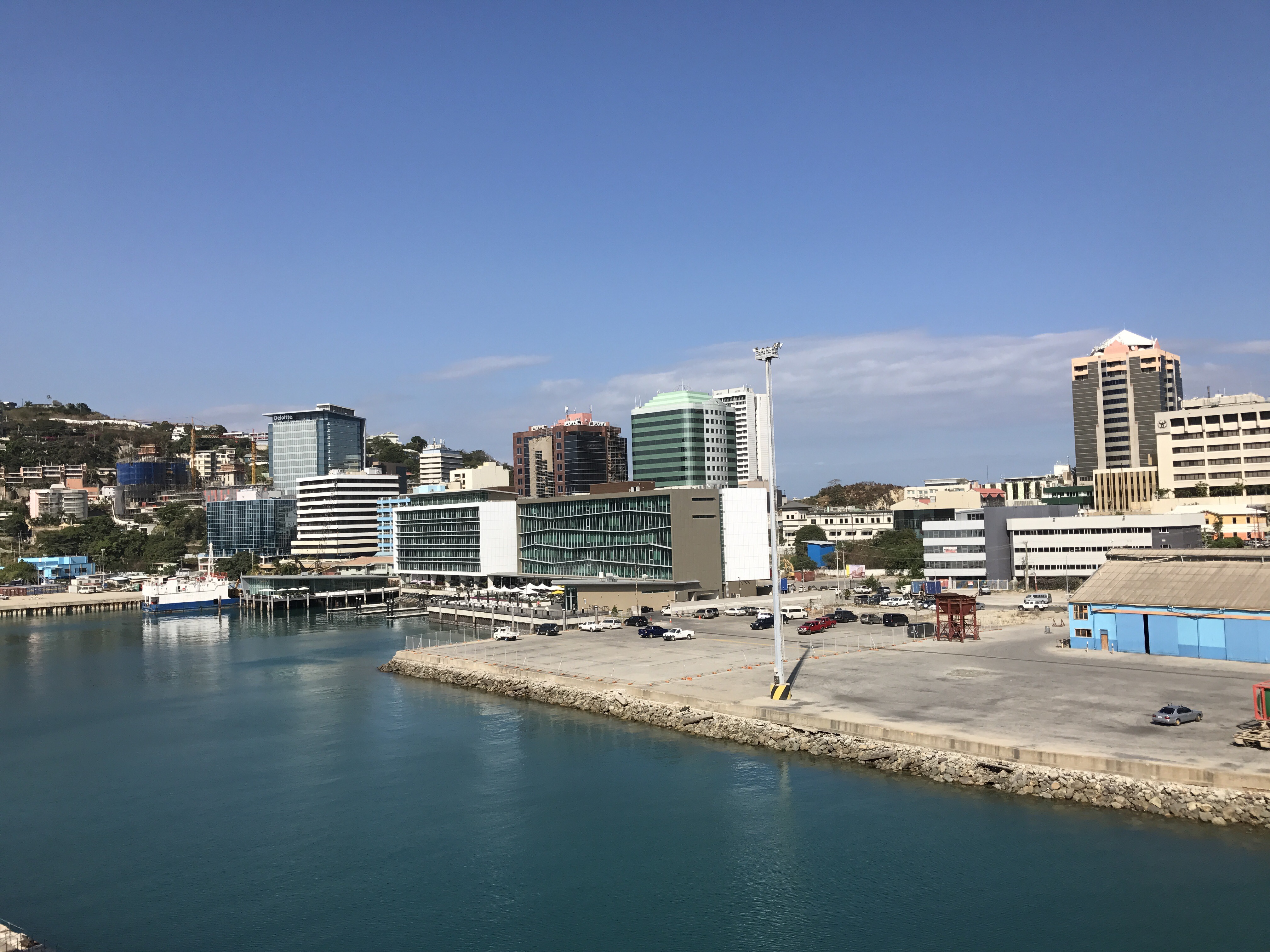
With poverty comes desperation and therefore the level of crime is very high especially in Port Moresby. We were warned over and over again by the cruise ship staff not to venture out on our own outside the port gates and if we did to go out as a group, to leave our jewelry and money behind. Not the greatest news you would want. The best part about visiting new countries is interacting with the local people.
There is tremendous beauty though in Papua New Guinea. Once outside of the capital city where it is hot, humid and hazy and the land very dry, we drive out to the Varirata National Park for a hike through the forest to spot the famous birds of paradise. Not the flower but the actual birds.
As we offloaded from the ship to the pier, locals met us with a traditional dance. With their colourful costumes, headbands and jewelry, at first it was difficult to distinguish the dancers from each other. However, it soon became apparent that women were also present as they danced topless perhaps shocking some passengers.
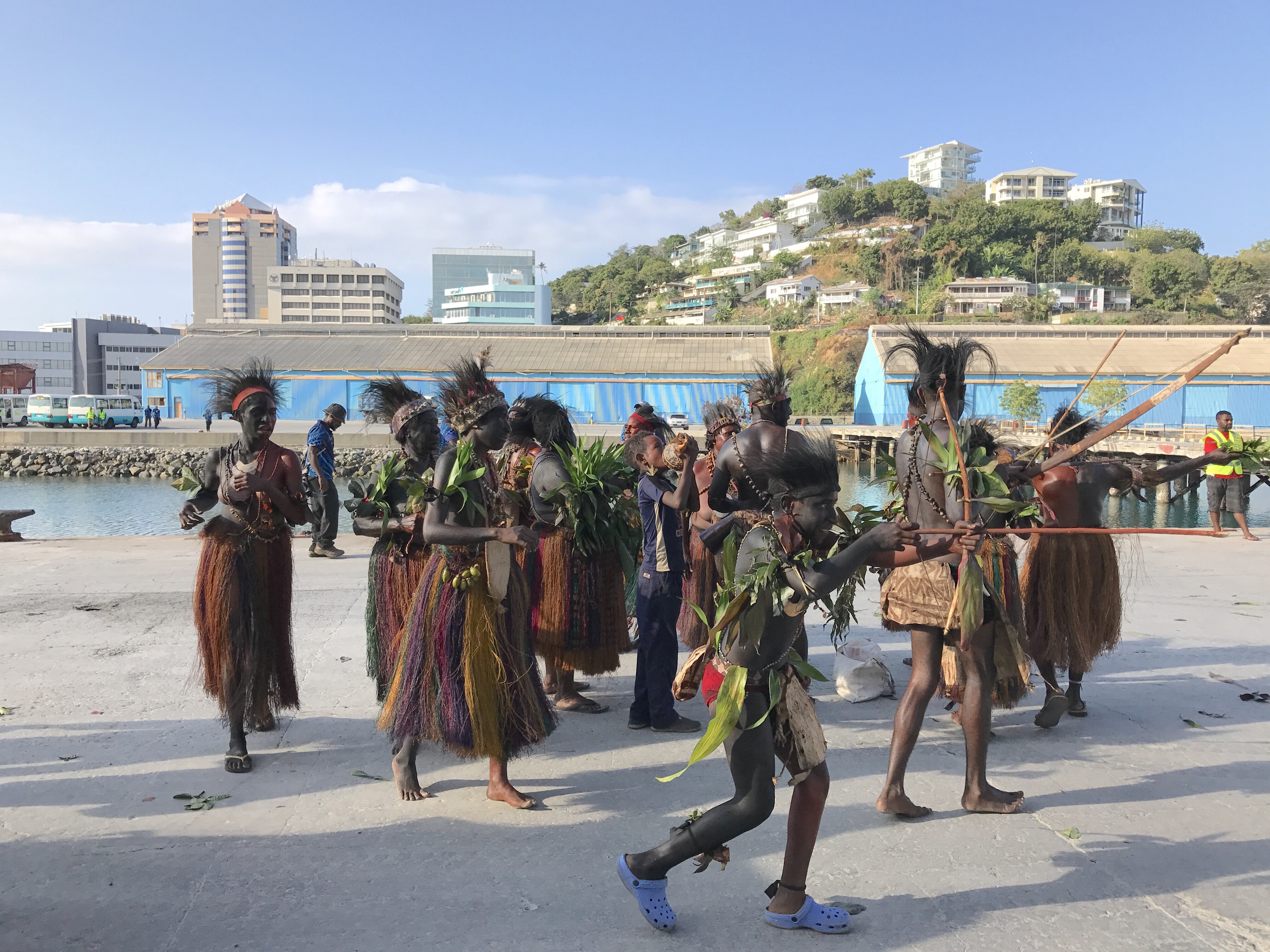
But also a bit shocking is that headhunting and cannibalism was only eradicated in the late 20th century.
Our bus winds its way through many switchbacks as we climb to an elevation of approximately 600 metres (1968 feet). The views become spectacular and the air much cleaner and cooler.
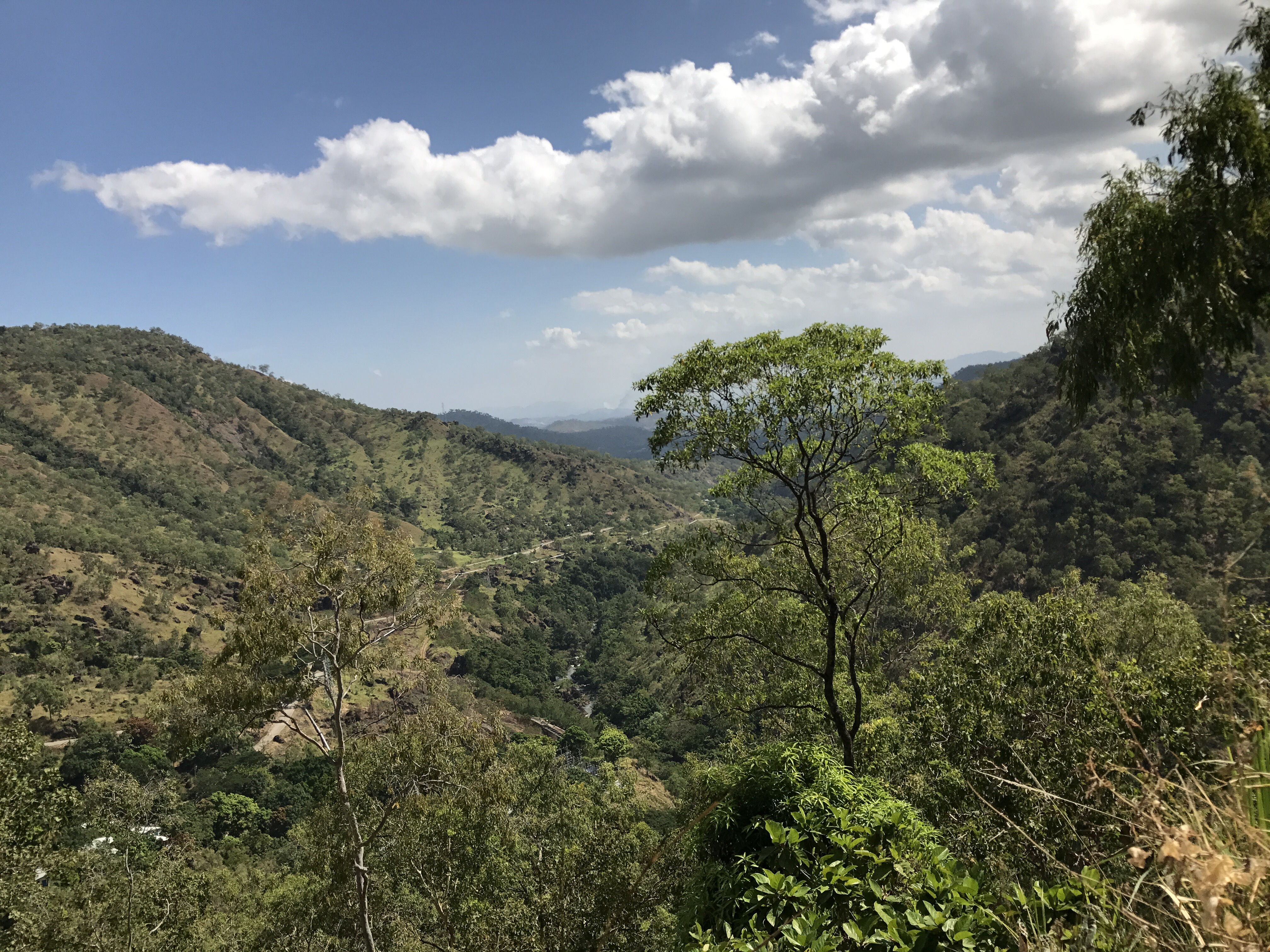
Huge monolithic volcanic boulders dot the hills. We pray that one doesn’t decide to roll down on us.
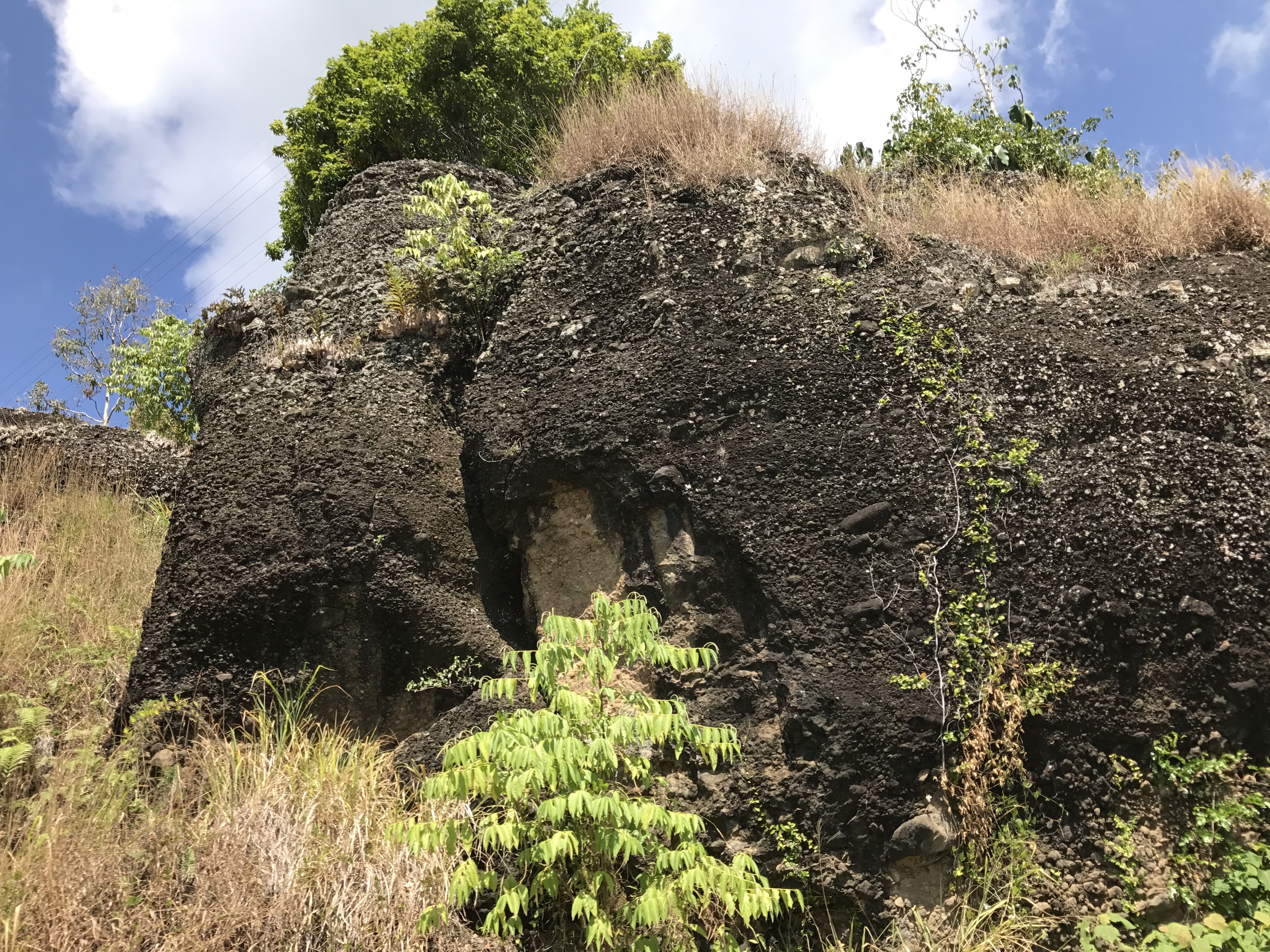
The roads become narrower and narrower making for some queasy stomachs as you look outside the window to the bottom of the valley.
We arrive at the park and are met with guides that will accompany us on our 2 hour hike. Thousands of years ago PNG as the locals call it, used to be part of the Australian continent. Thus many species found in Australia like forest wallabies, bandicoots and cassowary birds are also found here.
The first few minutes into our hike up a steep hill results in one of our fellow passenger to collapse in front of us. It looks dire as other passengers attempt to elevate his feet and lie him flat. Fortunately, a cardiologist happened to also be in our group and manage to assess and help the man regain consciousness and he apparently continued on with warnings that he should consult a doctor on his return home.
Once overcoming the steep hill, we found ourselves under the canopy of the forest. Tall fig trees with buttress roots allowed for just a bit of sunlight to come through.
The sounds of the various birds calling out was enchanting. We all trained our cameras to look out for a bird of paradise. Unfortunately, we learned that the best time to see them was early morning or late evening.
Just before the trek narrowed to jungle like ferns where only one person at a time can walk through, a spider web crisscrossed our path. In the middle was another spider like the one we had seen on Komodo island. The photo is a little bit shaky as I had no guide this time to get close and take the photo for me.
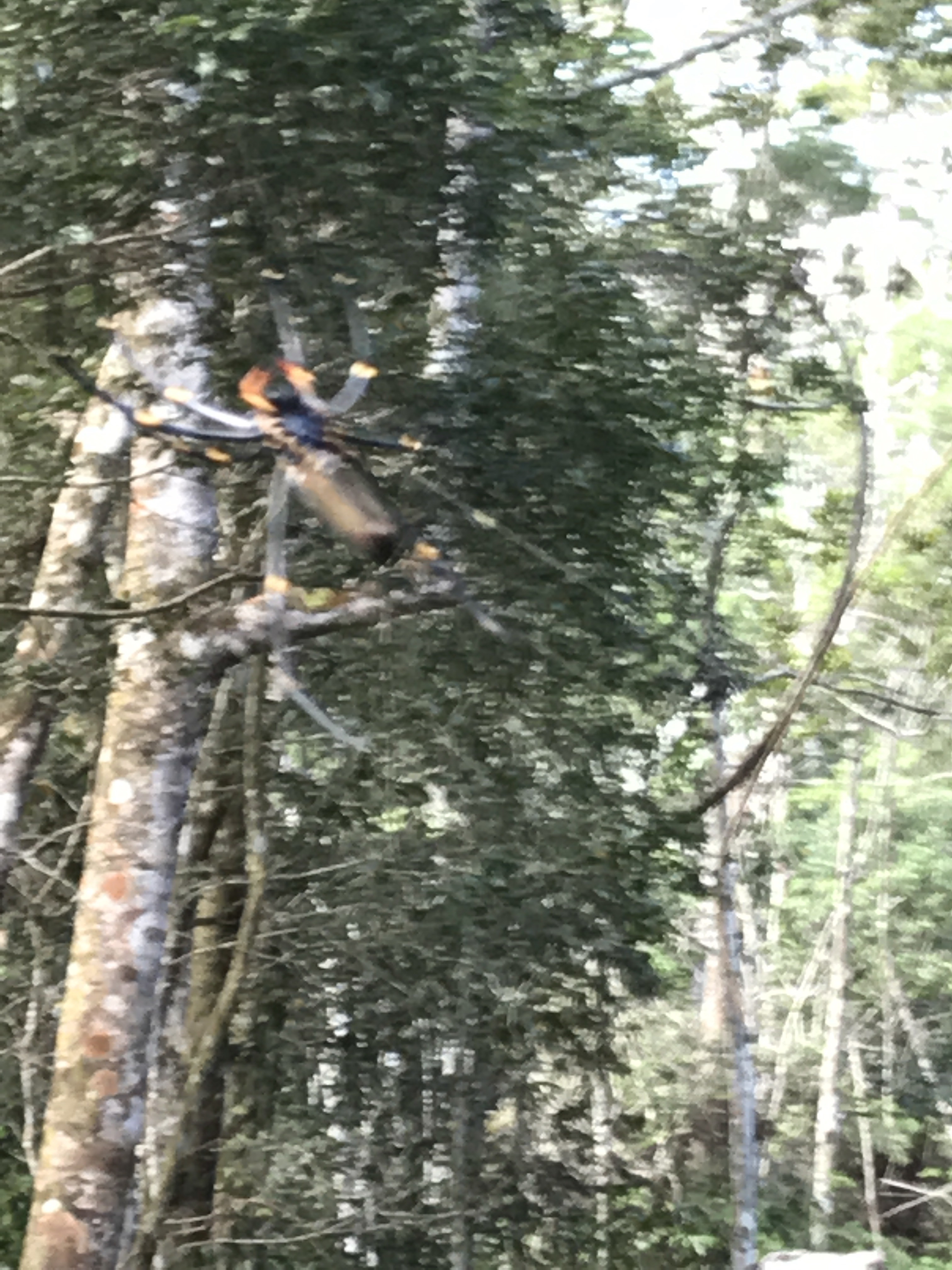
We all pulled out our cameras again (at a respectful distance) to photograph the huge arachnid and also carefully avoided breaking the web therefore attaching us to the spider in any way!
At the end of this particular hike we are rewarded with a spectacular view of the valleys below at 800 metres (2624 feet) at the Variramangogo lookout.
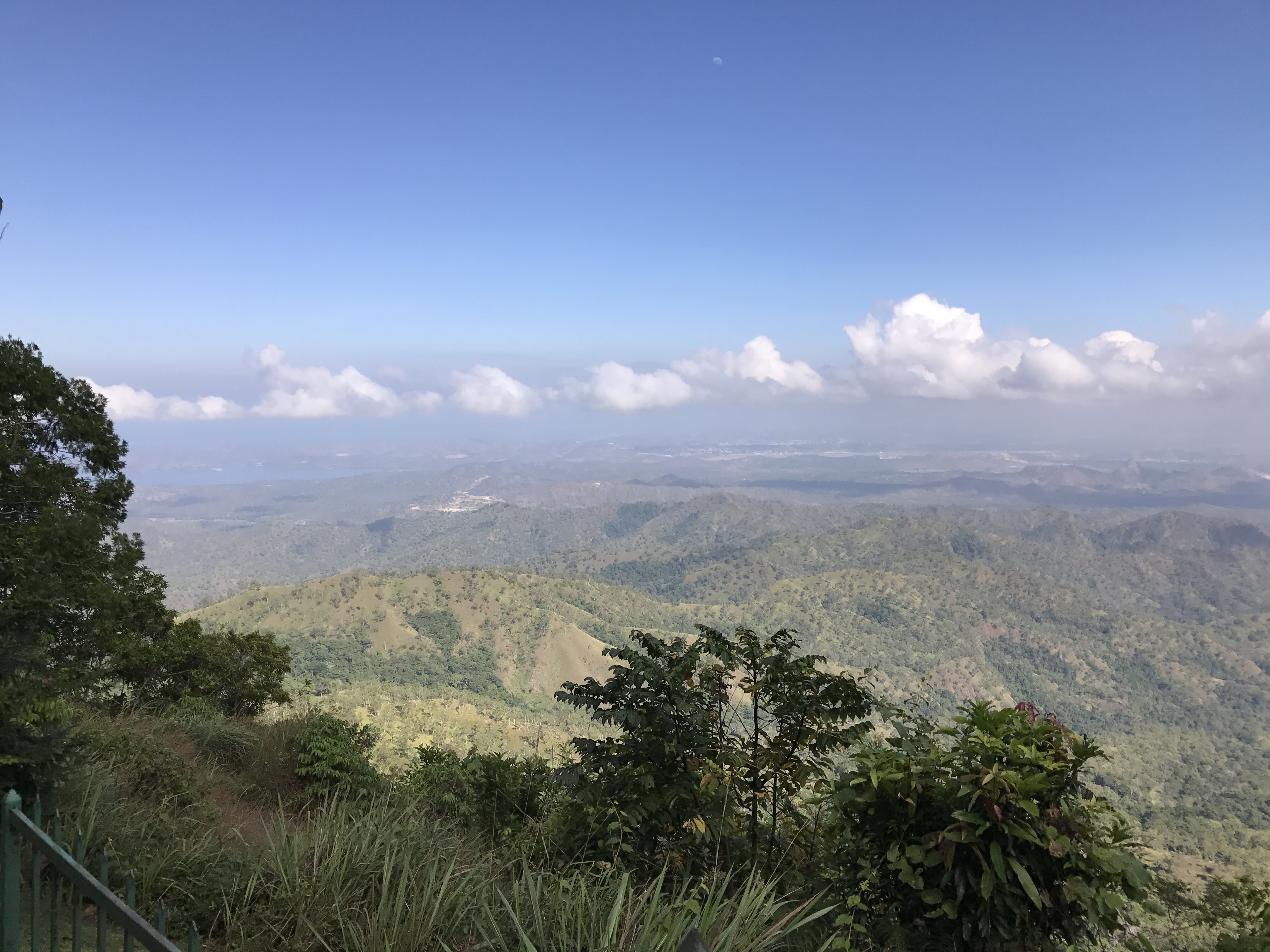
We turn around to catch another trail through the forest. The path is full of tree roots and the ground slightly slippery. Our hiking shoes quickly fill up with mud eradicating any traction we had. Some of us slip and slide along the way but we laugh it off. The path follows a small creek where there is still water flowing even though this is the dry season.
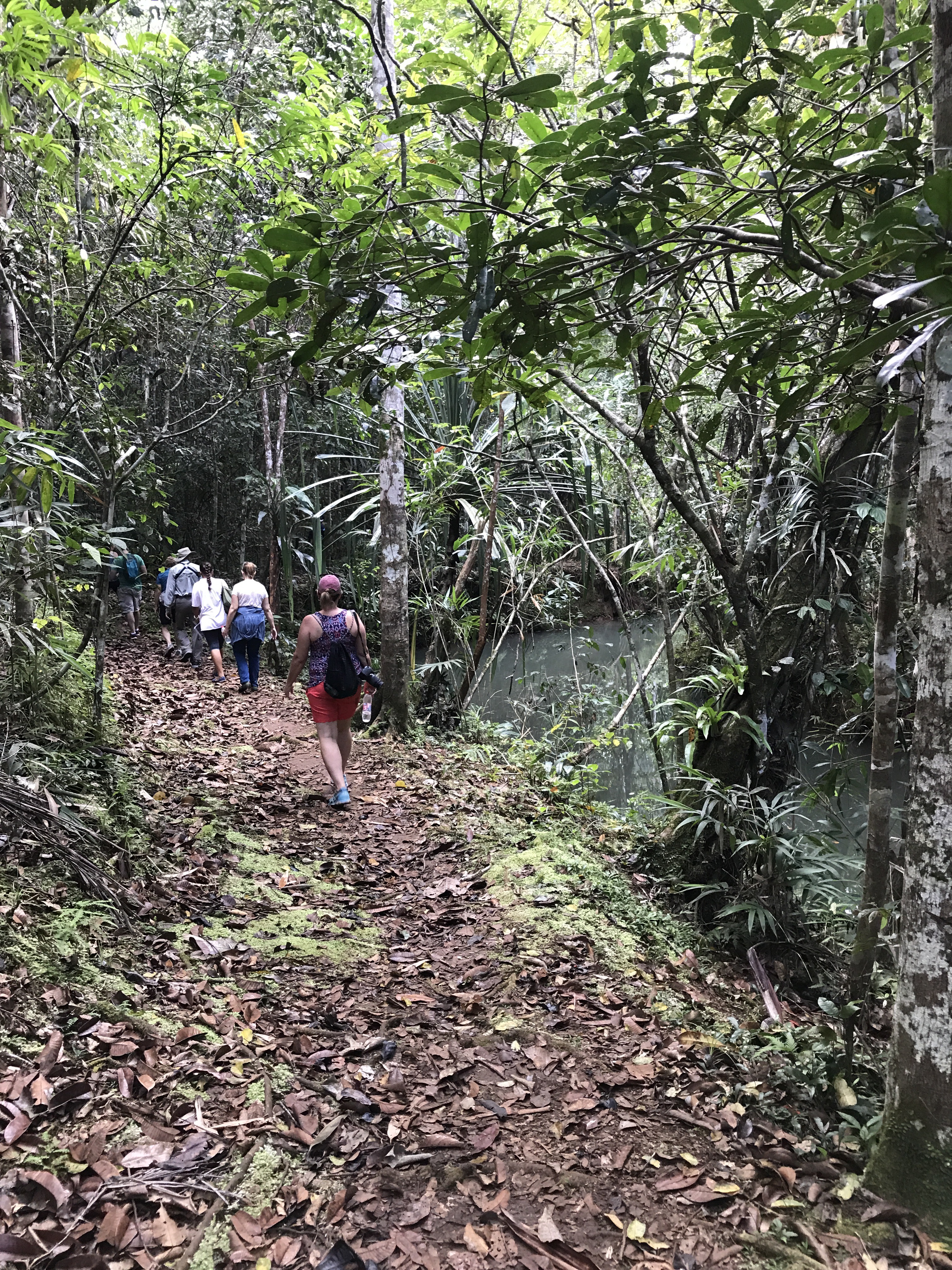
You can hear the water flowing over rocks. It’s a milky colour unsure if it is due to the mineral content or some other factor.
Our guide explains about medicinal plants the locals use to treat fevers or sore muscles.
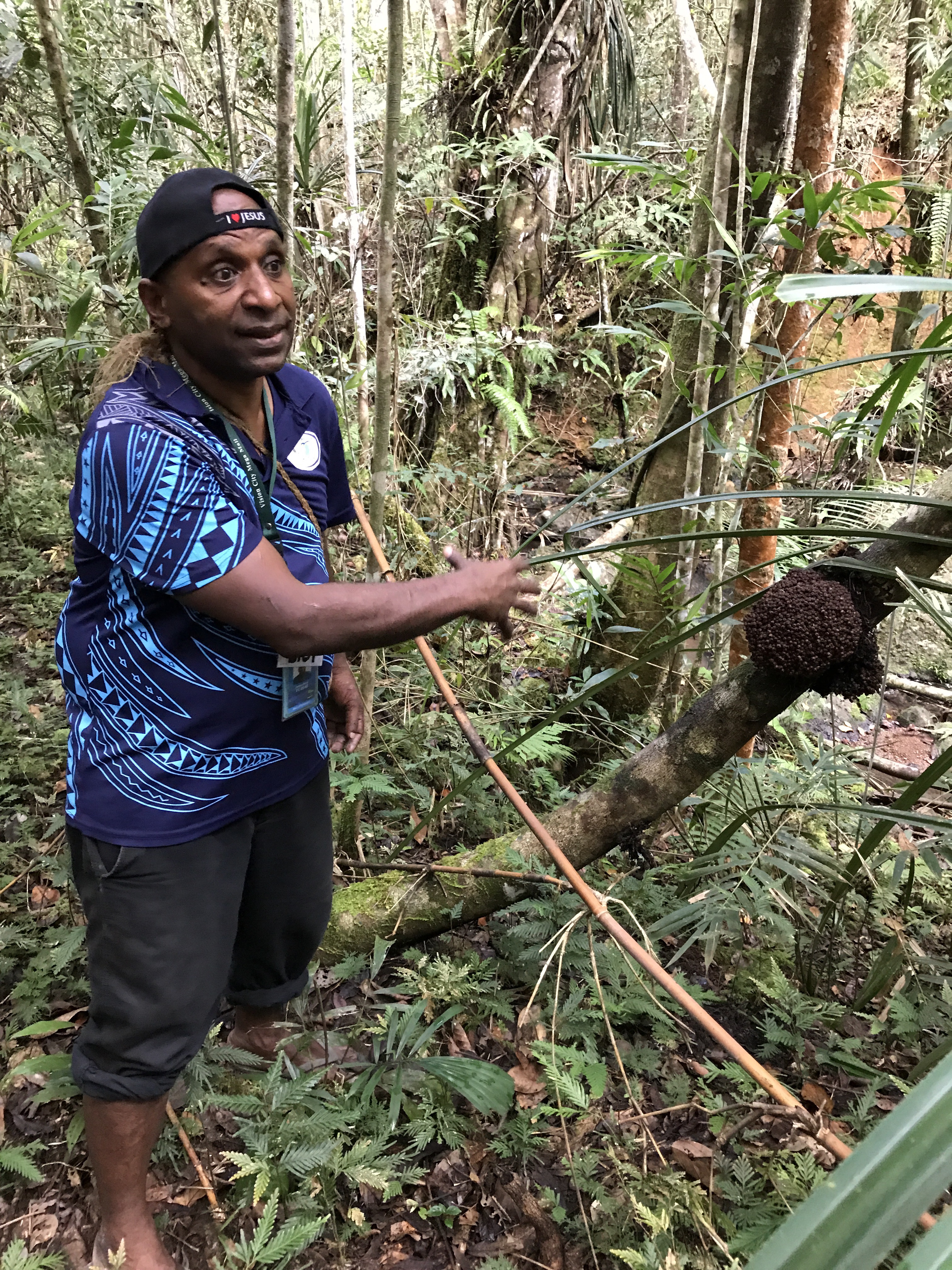
We also walk beside areas of disturbed ground where wild pigs rutted to find food. We end our hike too soon and now it’s time to hop aboard the buses and head back to the ship.
But there’s one more stop to do at a high point that overlooks Rouna Falls across a valley. It’s a gorgeous view of a double waterfall cascading into a small lake below. Allied forces would sometimes drive there to picnic or swim. Two of our ship’s young crew members climb on top of a rock outcropping to take selfies. Most of us shudder at their bravery (or others would say foolishness).
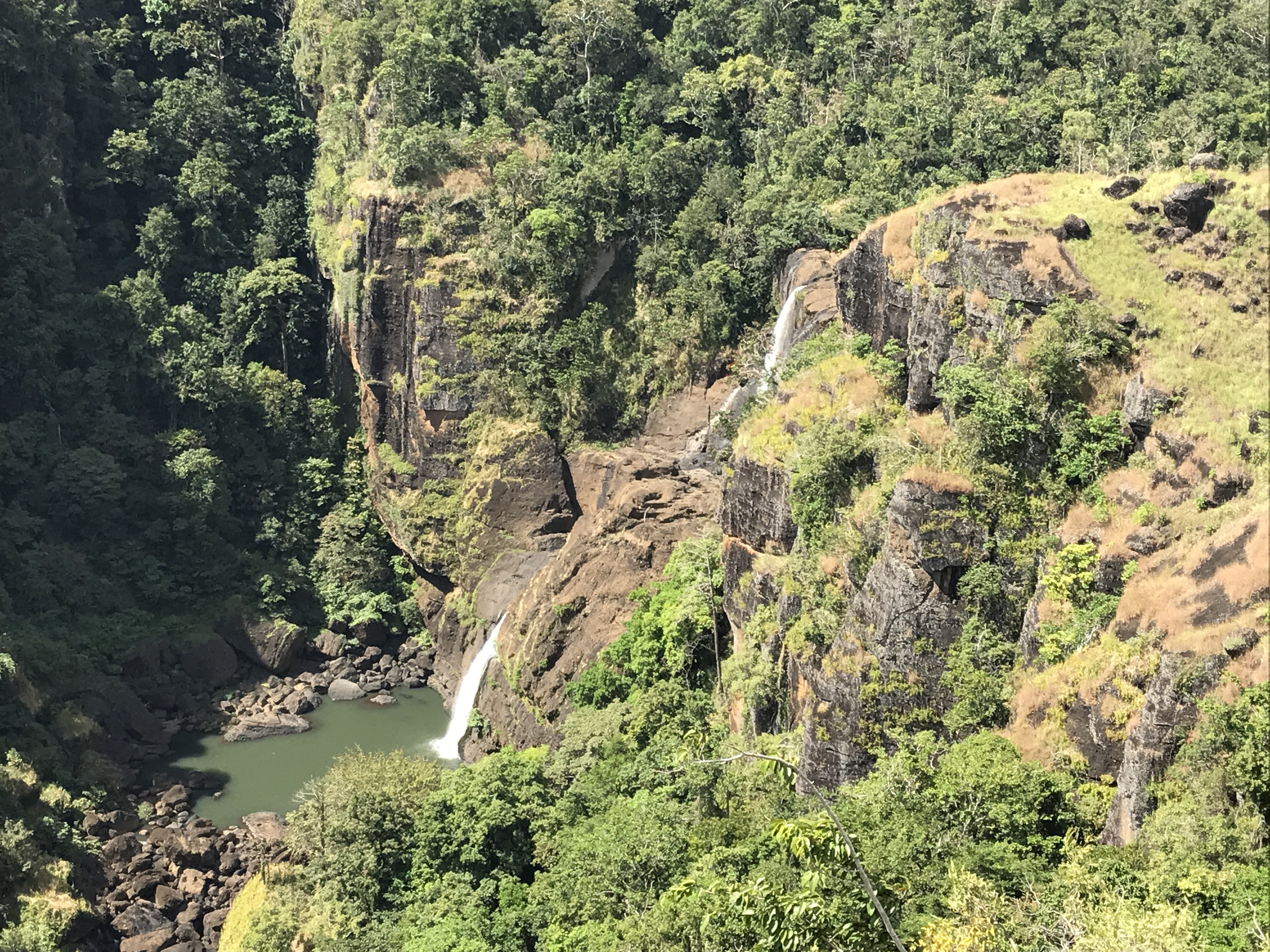
The drive down the winding steep road is a bit of a heart stopper. You hear the constant hiss of the air brakes and pray that they are maintained regularly. It is interesting to see the gradual change in the landscape from dense rain forest to dry almost arid land. The air becomes dusty and hot as we near Port Moresby. Locals and children coming home from school wave as we drive by and we wave back.
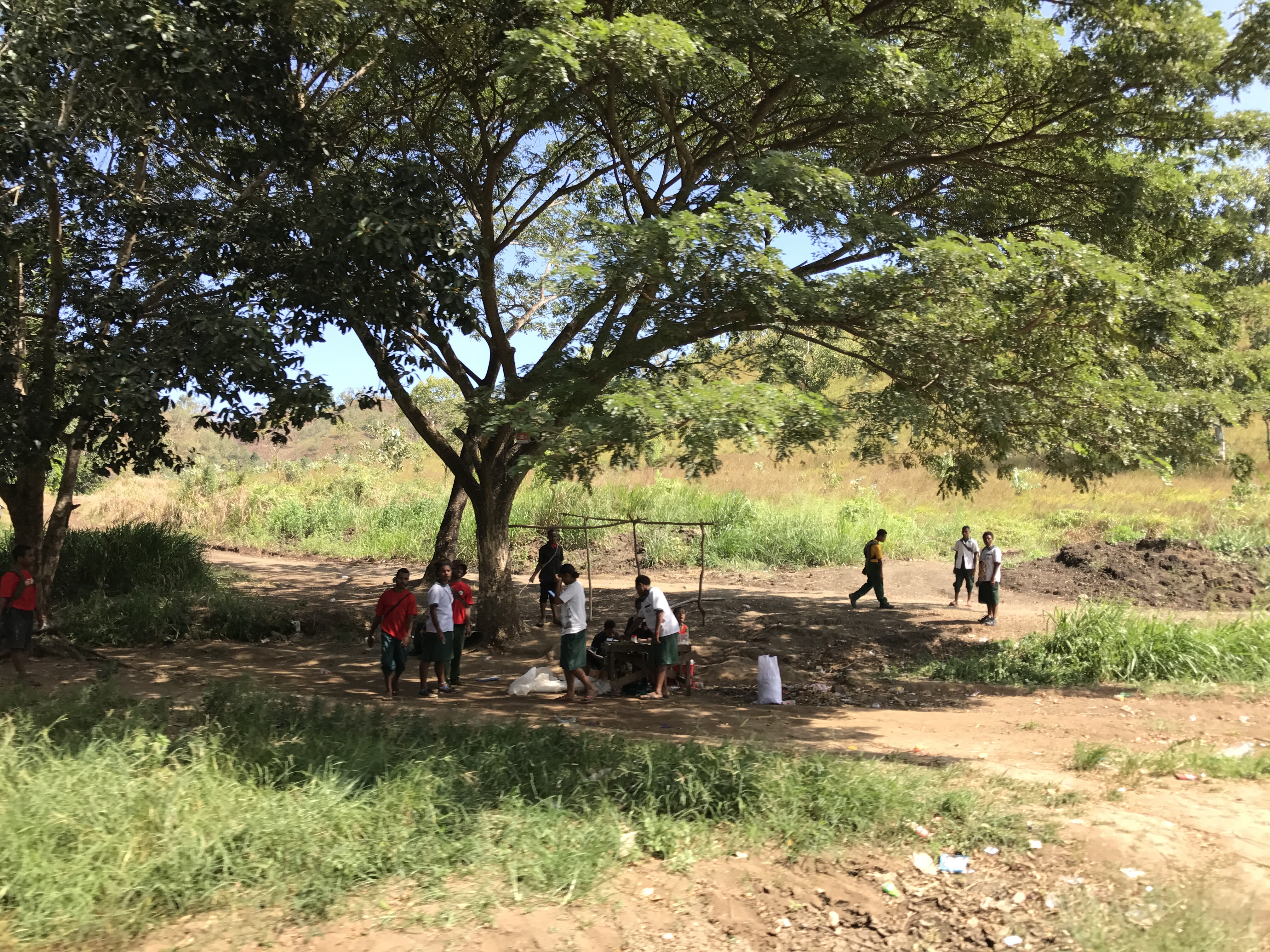
On our return to the ship a small craft booth has been set up offering some local wooden handicraft and paintings. We can’t resist a bright red Gecko painting to bring home.
As we wait to depart, we finally get the sunset we are waiting for. Clear skies and brilliant setting sun.
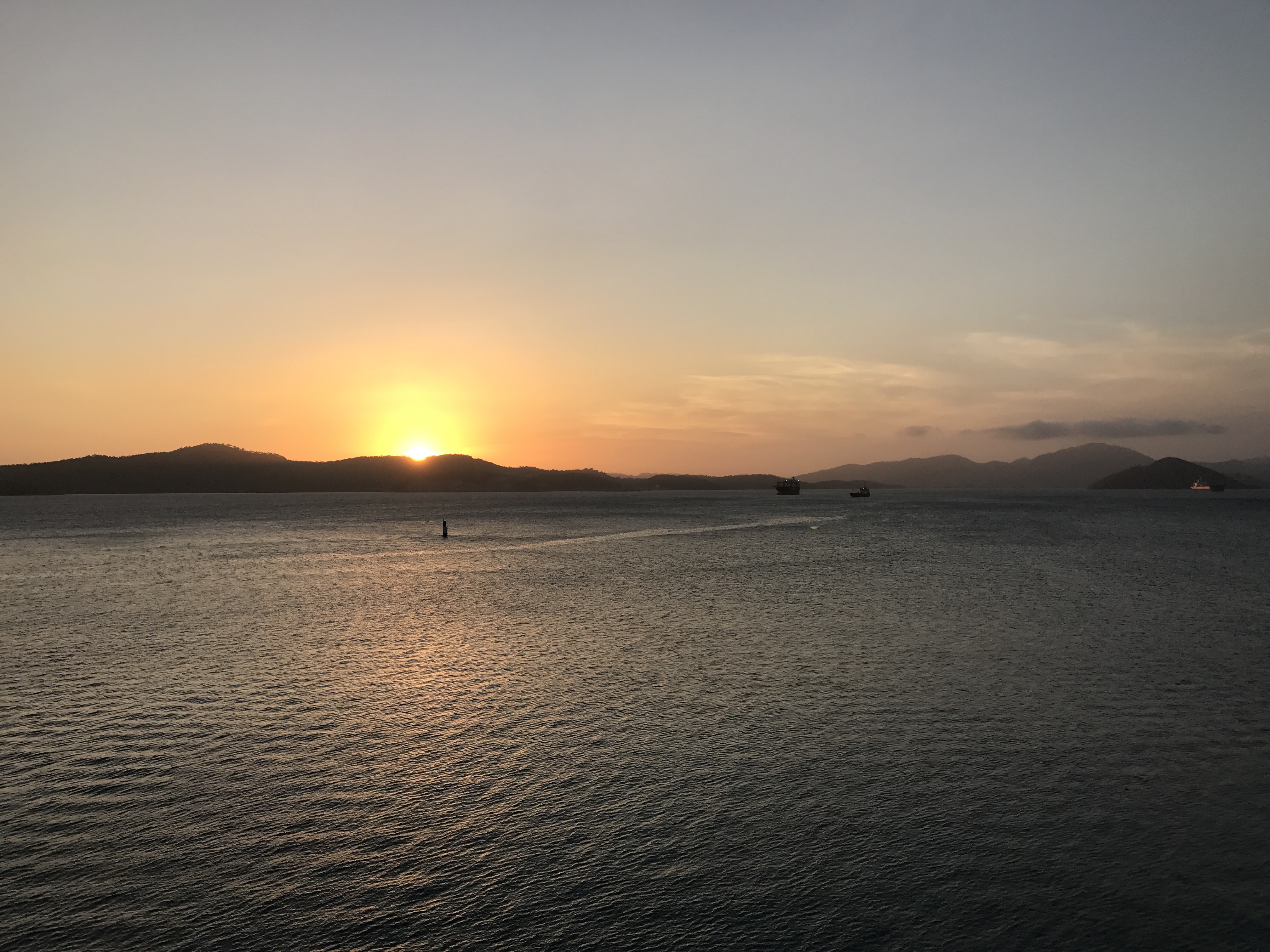
Recent Comments